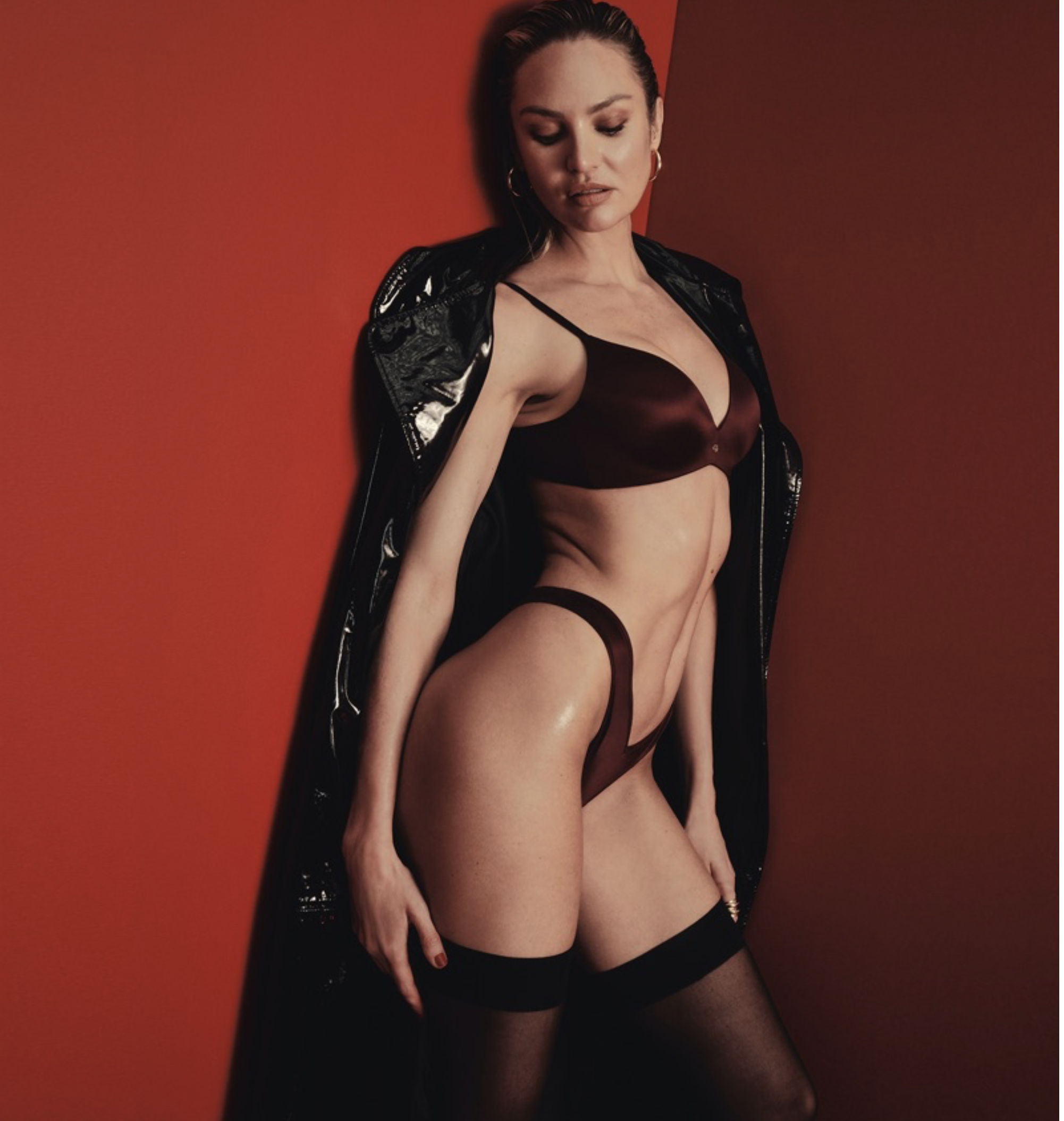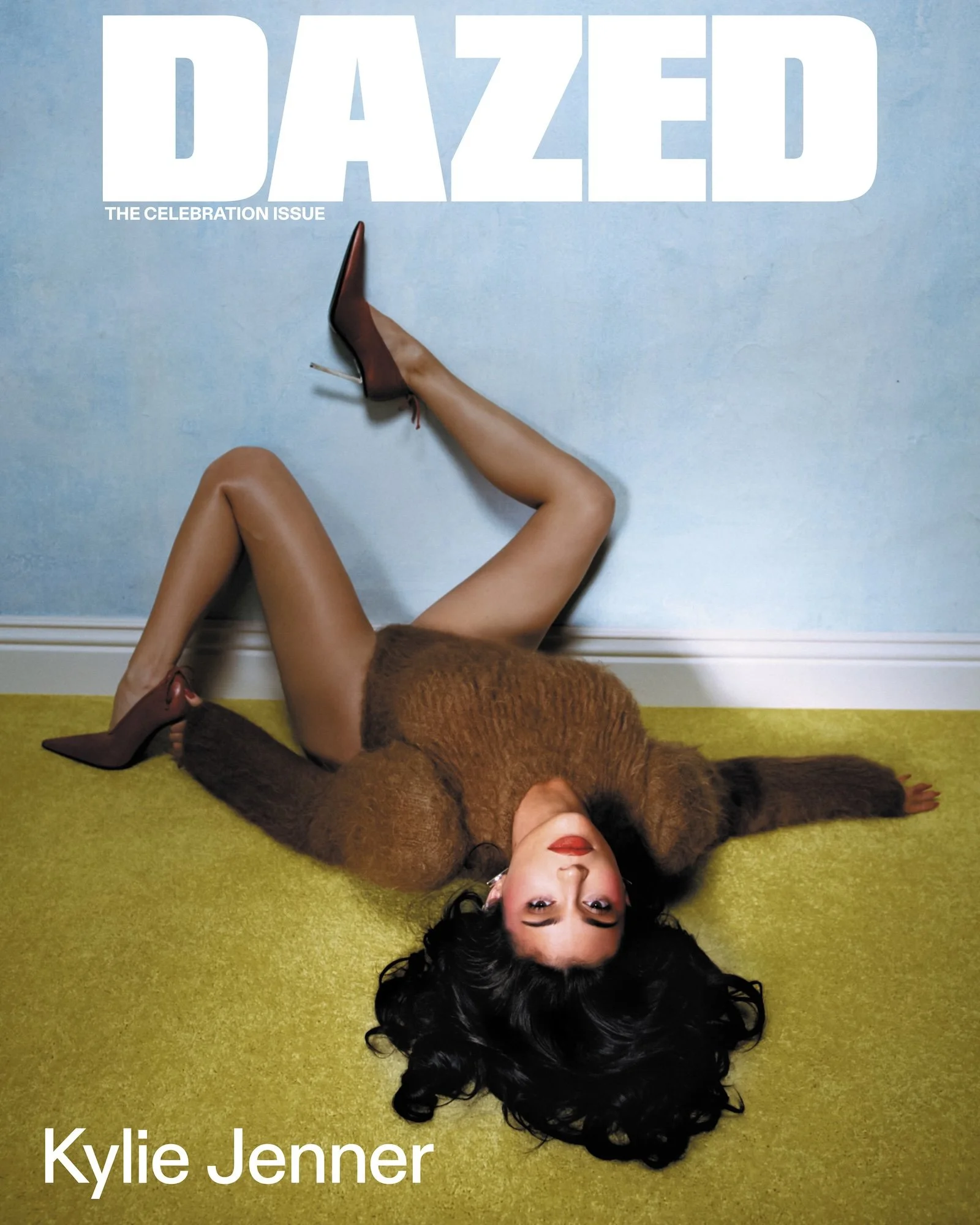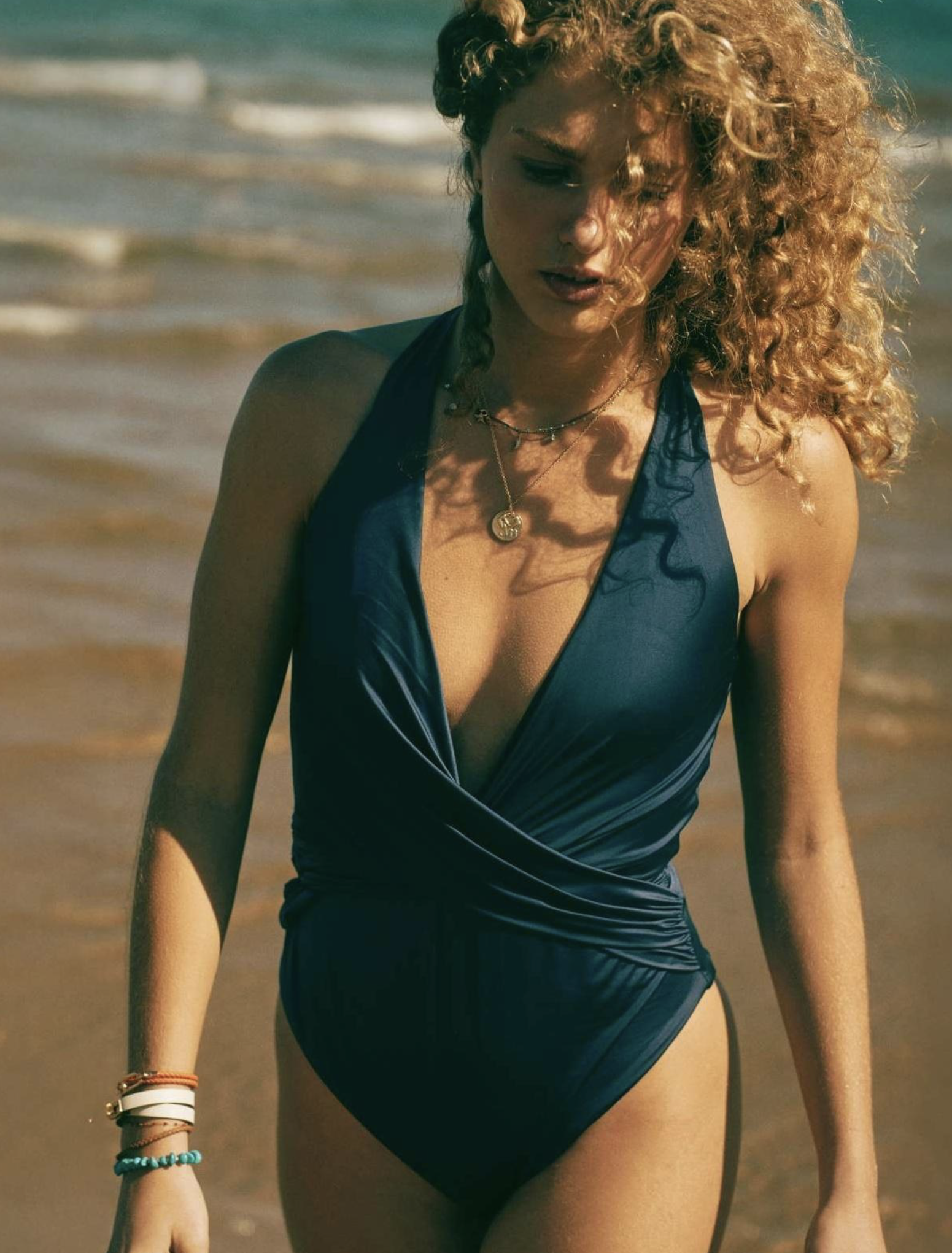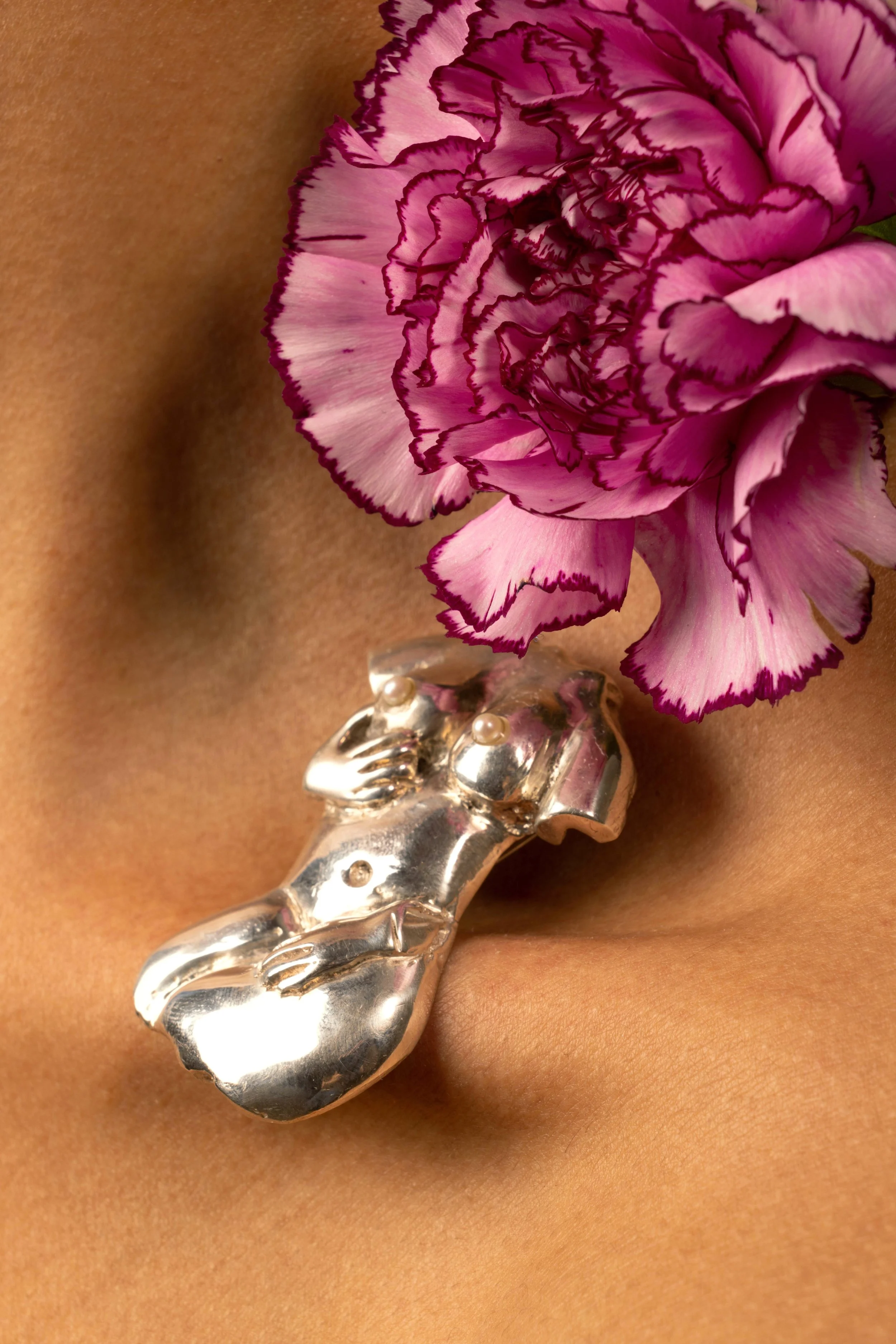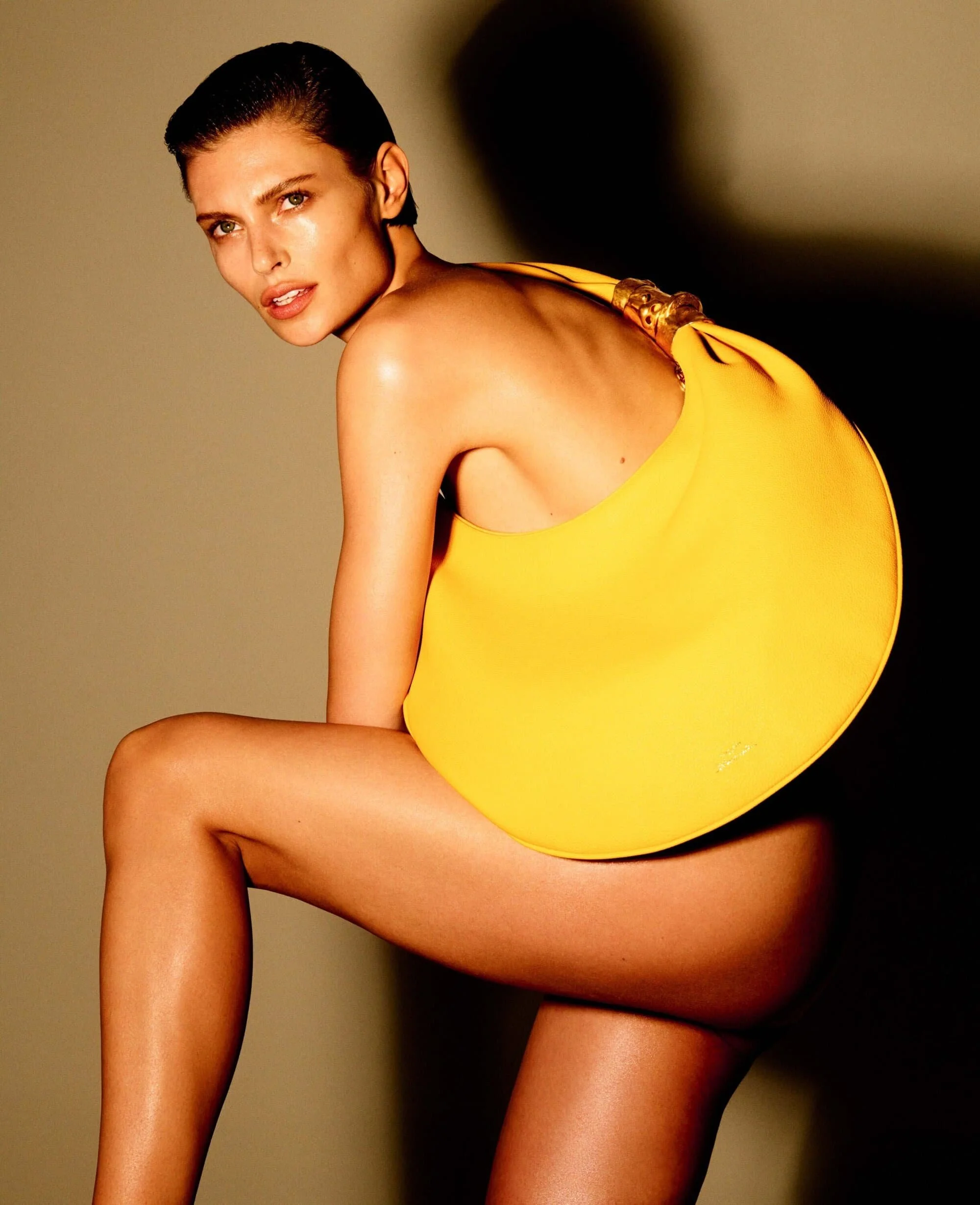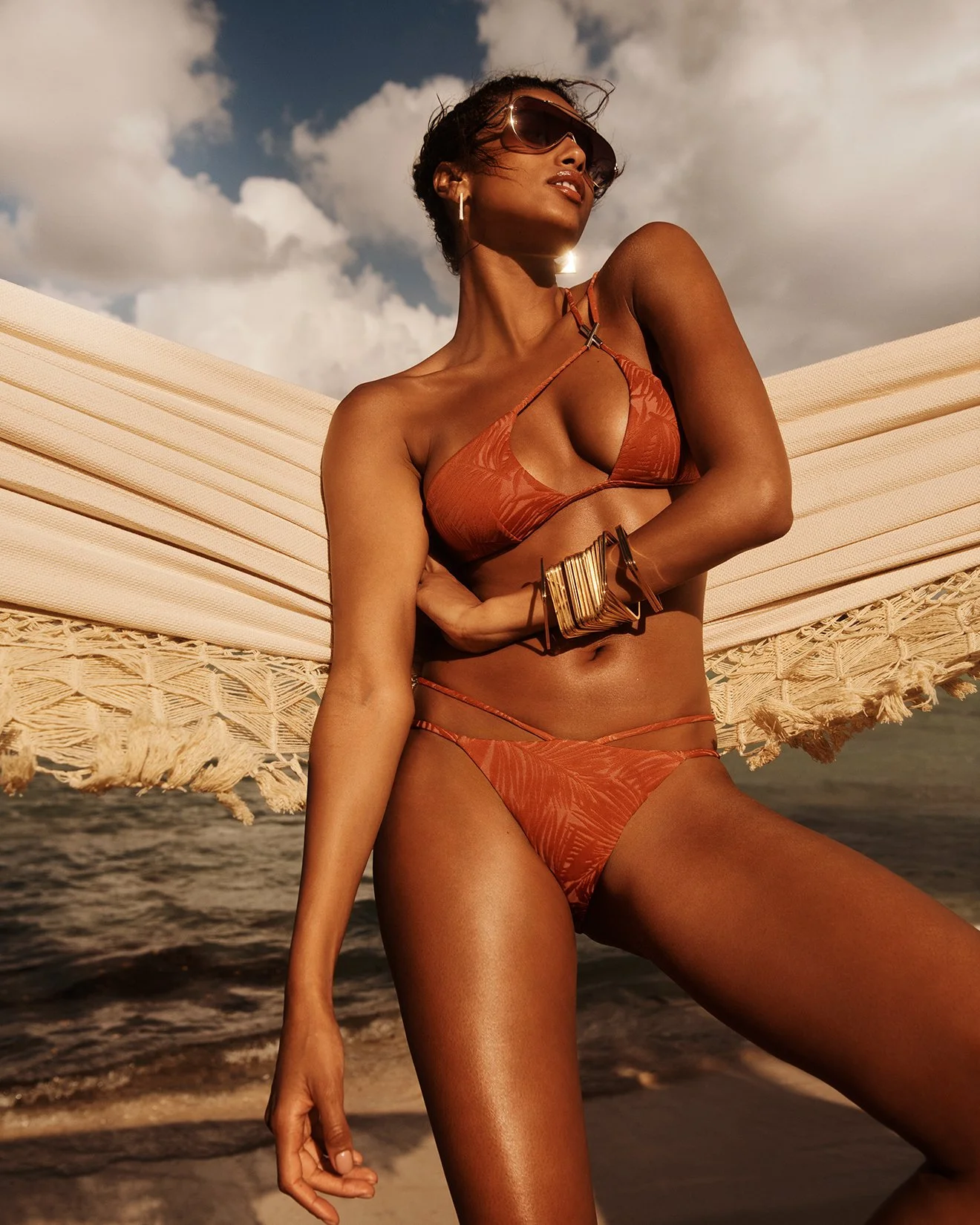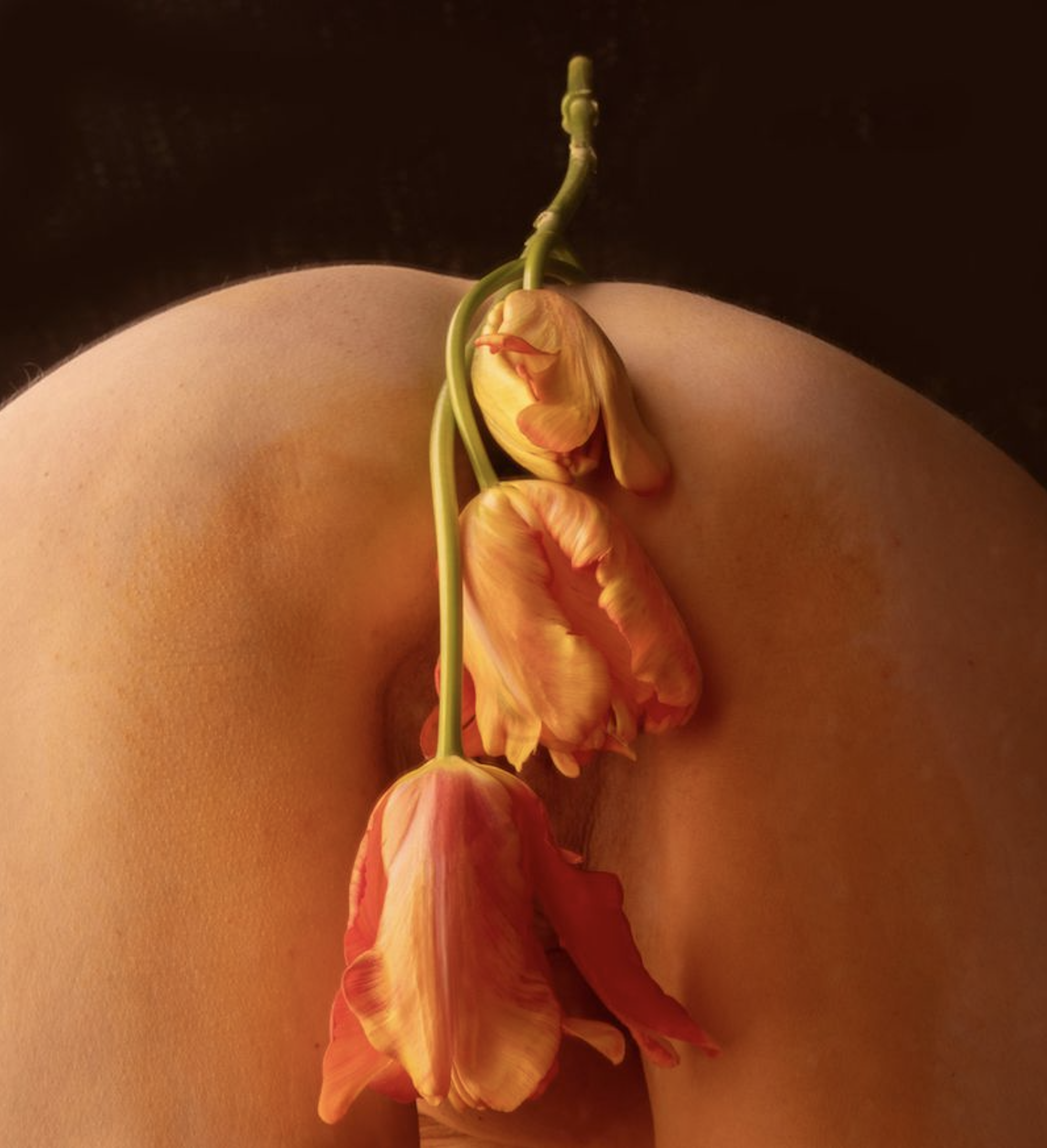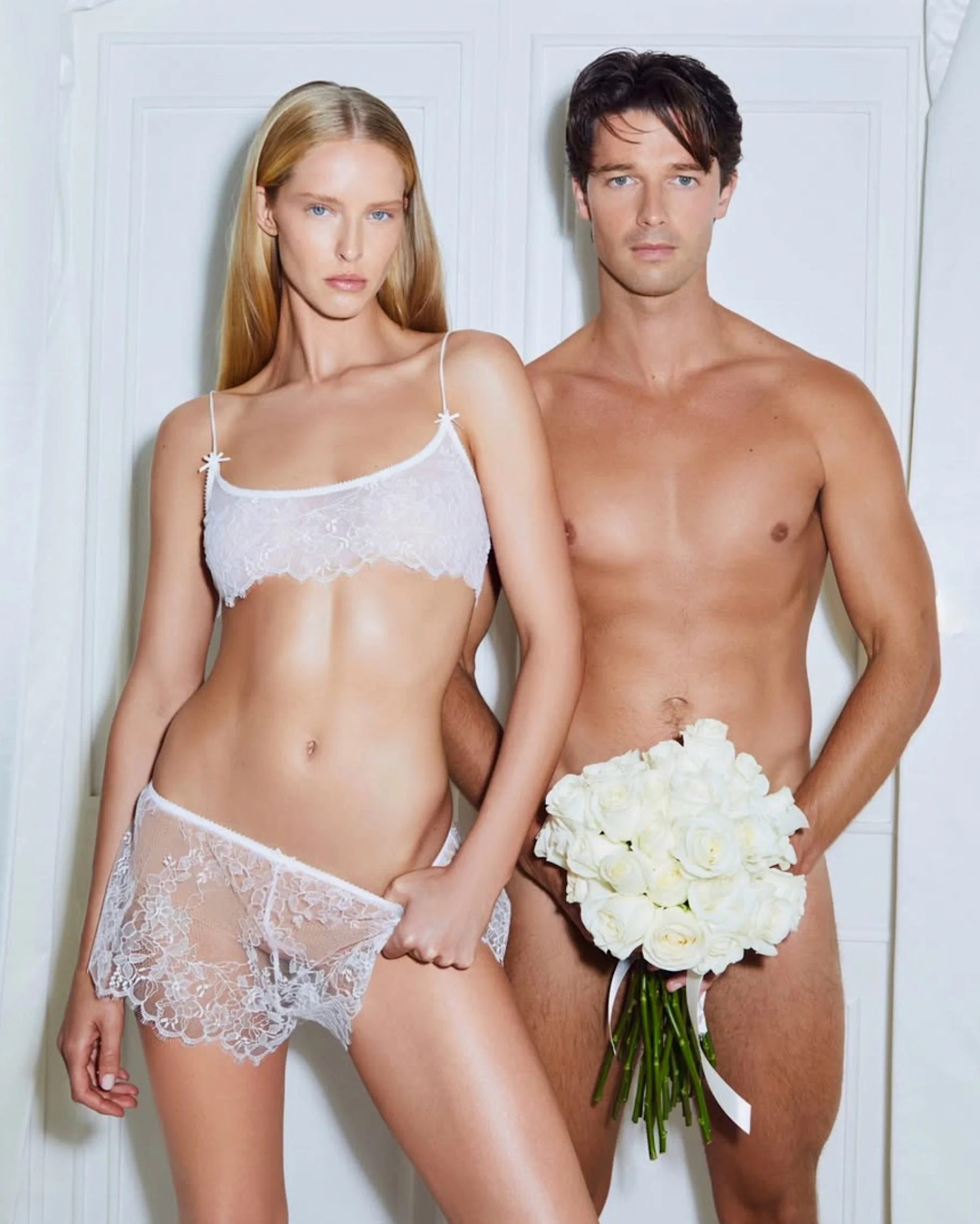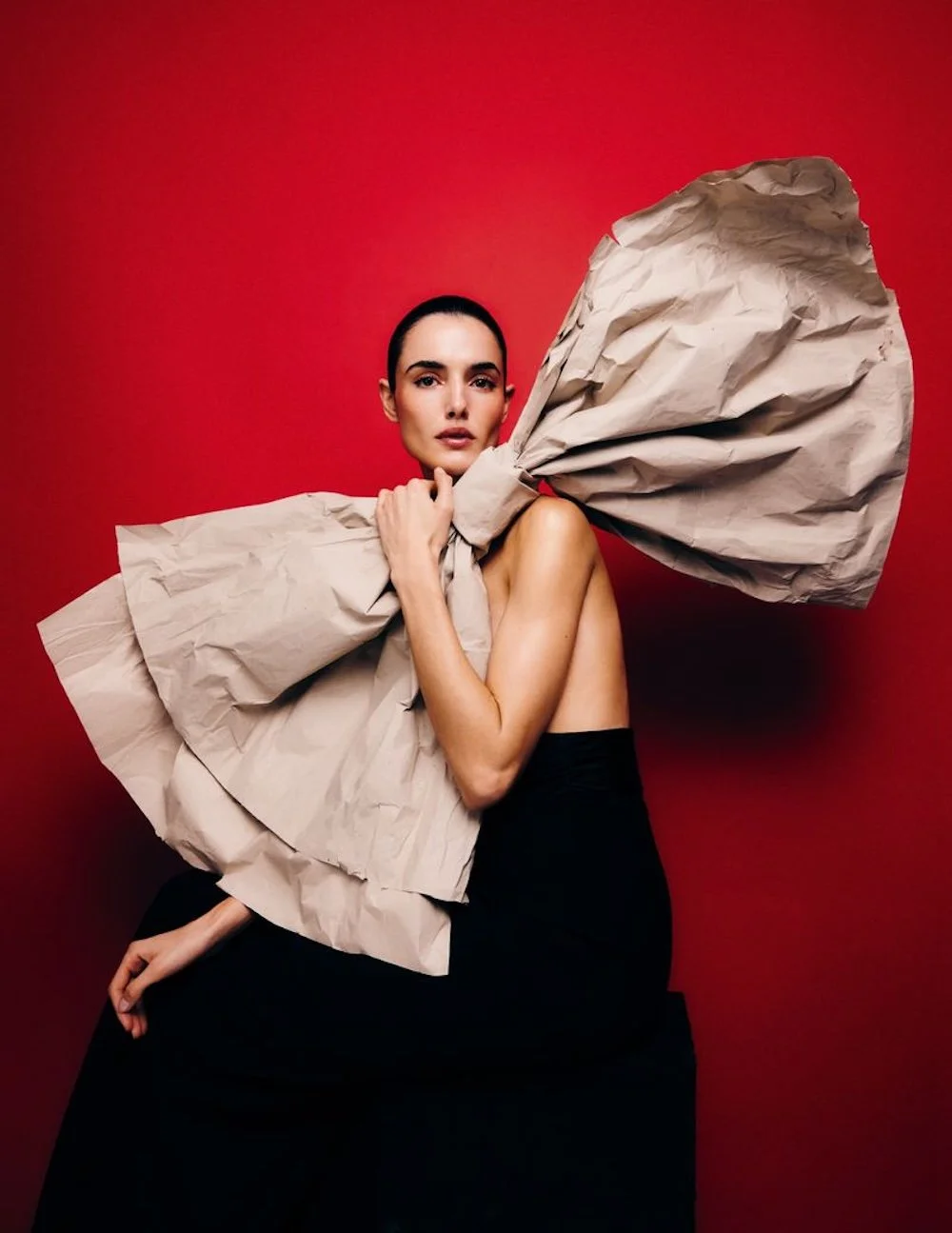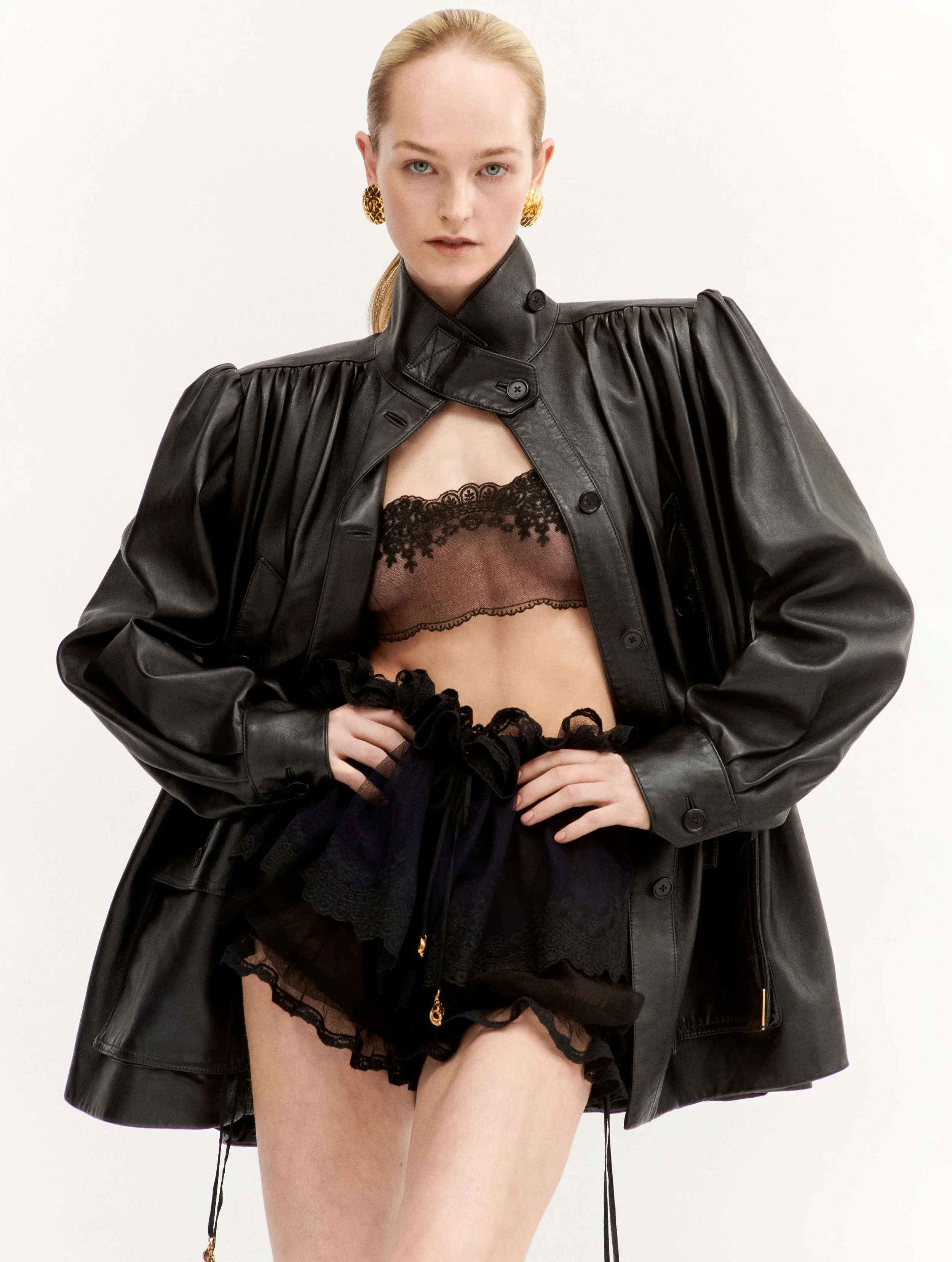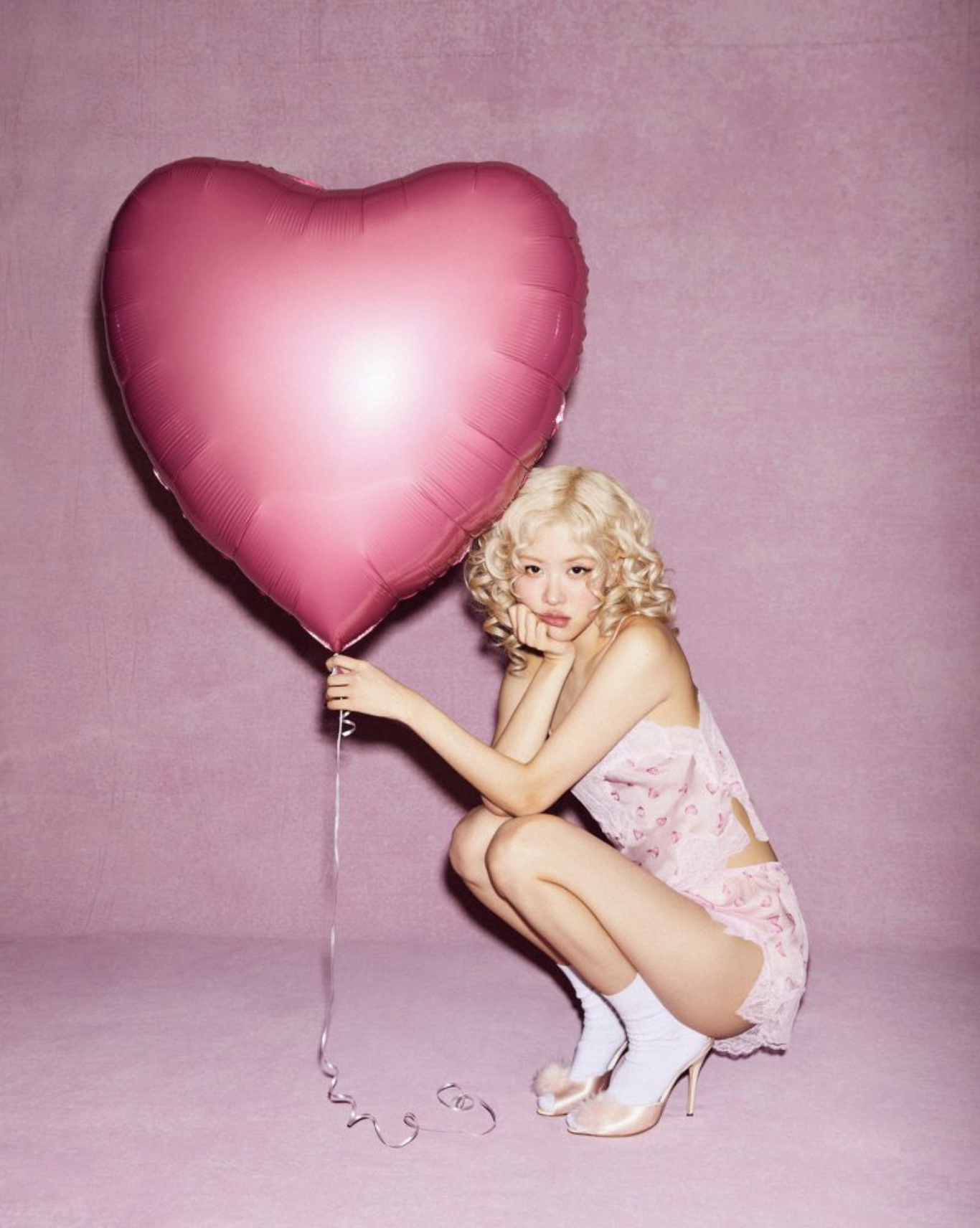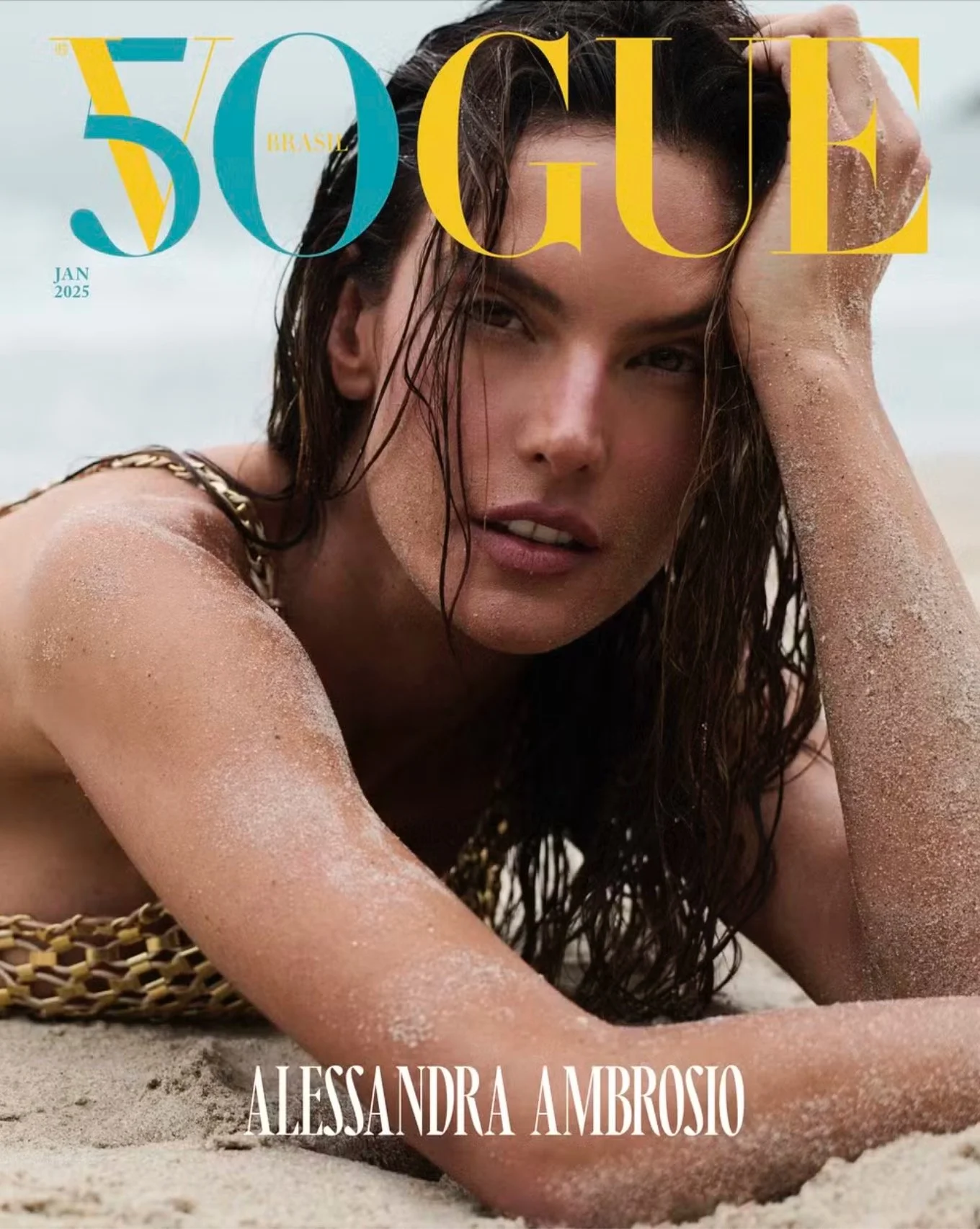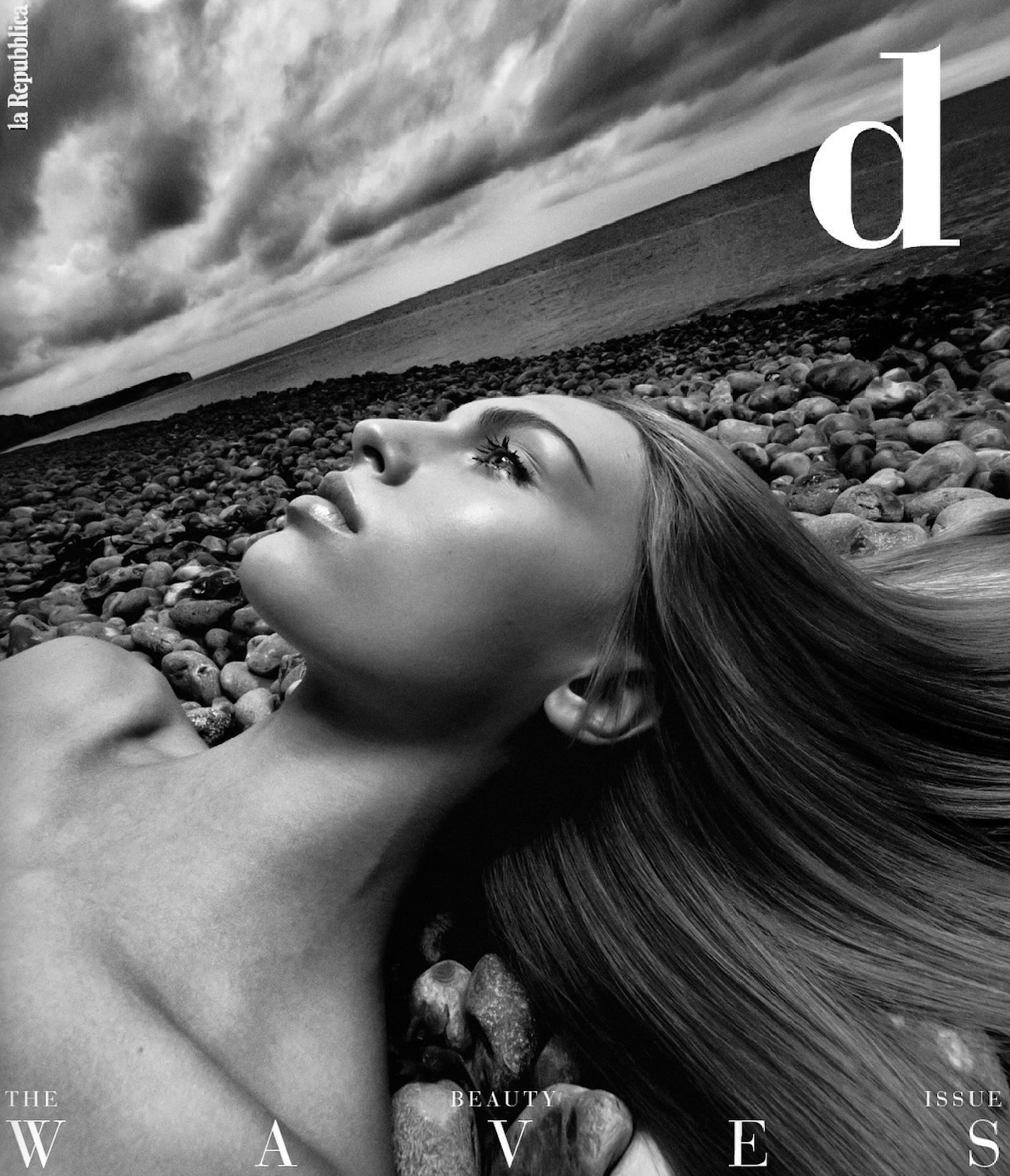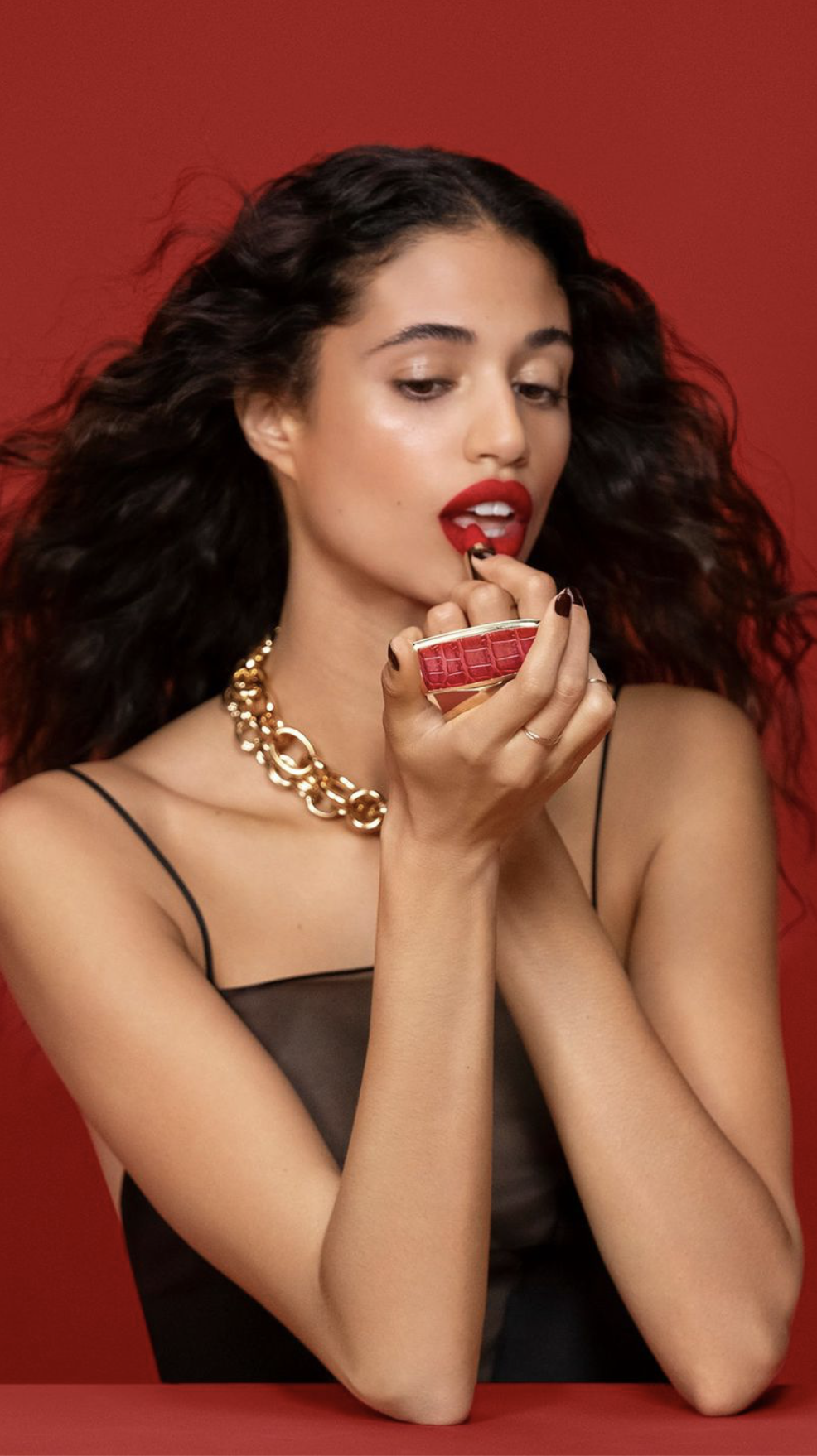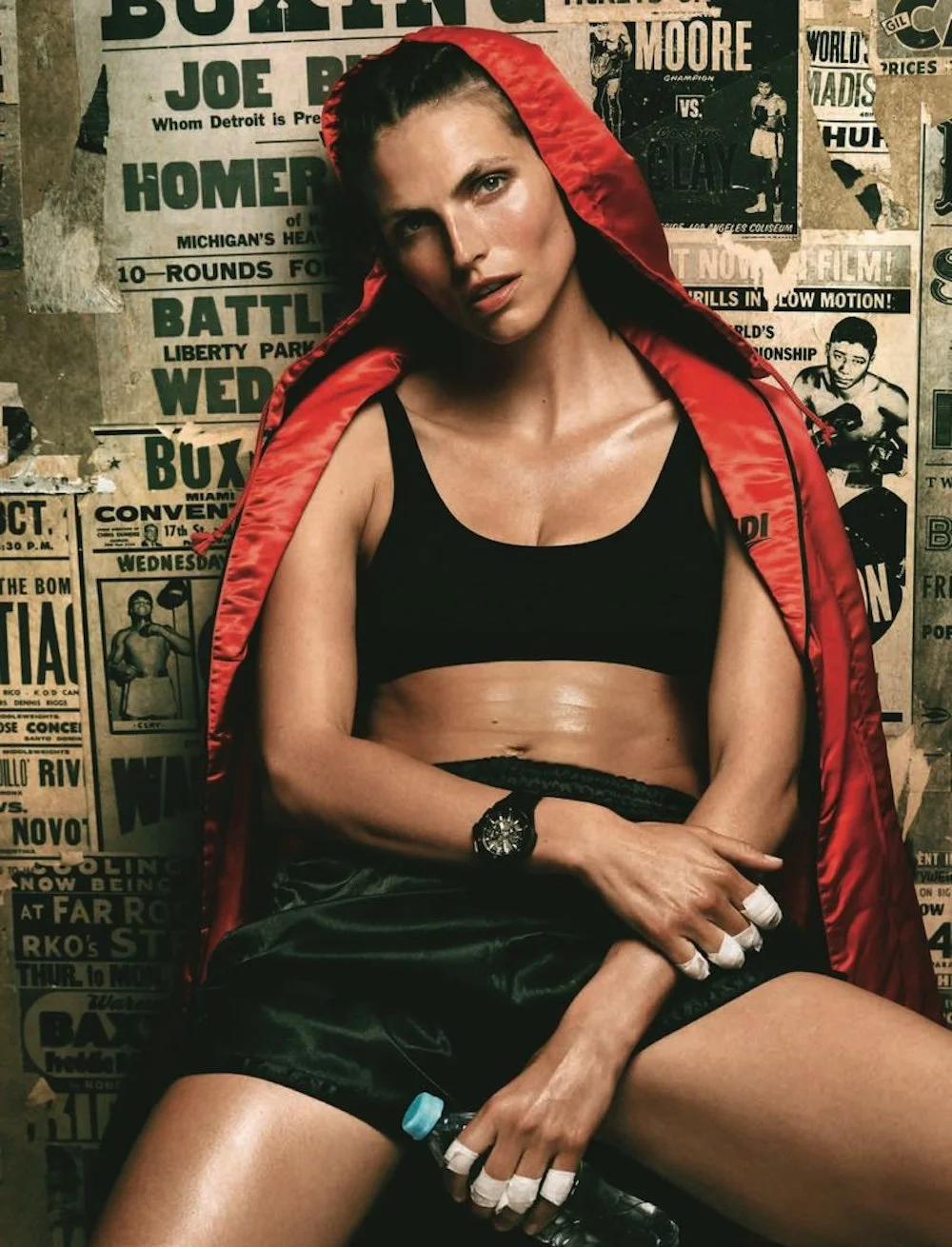Seeking A Permanent Peace Treaty In Plus-Size Fashion Wars
/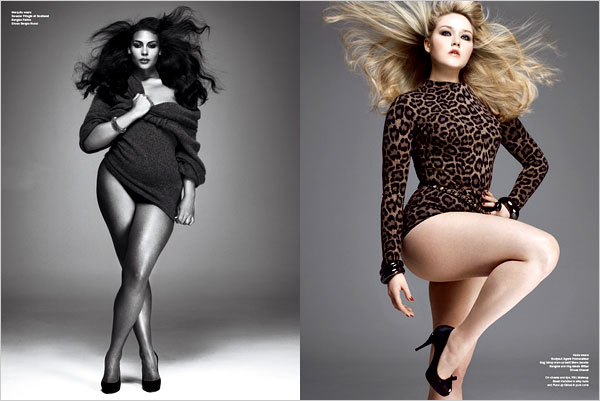
The NYTimes is running a major style article on the dearth of plus-size fashions in the marketplace. We’ve read the article and also the comments, which are generally:
1) The ‘plus size’ customer has such a wide variety of needs, that within our own subgroups of women size 14 and over, even Lane Bryant isn’t satisfactory — much as they are devoted to servicing this woman. The text references endless physical combinations of sizes that must be developed to properly service today’s larger-size customers who have an endless configuration of proportions.
2) The politics of obesity indicate that retailers should be compelled to service all the needs of the larger woman. The lack of suitable size options is all the fault of selfish business enterprises, who are worried about their bottom lines.
Both the article and comments suggest that the challenge of great clothes for larger women is the fault of business. As expected the undercurrent is one of fat-discrimination against larger women.
3) Americans spend way too much time worrying about our appearances. (We say ‘amen’ to that one.)This is not a key point of the article for obvious reasons, but appears in the comments with some consistency.
Demographics of Larger-Size Shopper
Obesity is class-based and disproportionately greater in poor communities with limited pocketbooks. There is a comparatively small subset of articulate, size-14 and larger women with incomes equal to and exceeding any woman’s.
As a consultant I’ve worked extensively with Chaming Shoppes, the parent company of Lane Bryant, Fashion Bug and Catherine’s, and I know this psychological territory well. I’ve also been a size 16 customer who thought my greatest failure as a person was having to shop in the store.
Especially in the transitional weight sizes of US 14-18, women are convinced we will lose weight. Our psychological state is one of being unhappy with ourselves and not even wanting to admit that we are a Lane Bryant customer.
It’s not politically correct to make this statement, but it’s true.
Without defending business, let’s admit that women in this transitional size range — also the biggest obesity challenge size-wise — are in a hypercritical frame of mind of our total lives. We blame the situation on cultural messages but perhaps Mother Nature is also telling us to lose weight for our health and wellbeing.
Could we consider that perhaps biology is also sending us cues about why it’s best that we love and nurture the woman in the mirror, but also get serious about making her thrive and live a long and happy life? Perhaps she is actually worth saving and our minds aren’t throwing in the towel quite as quickly as our bodies?
America is moving to a politically-correct mindset that says “anything goes as long as we feel good.” Perhaps our psychological biology is saying “no” — don’t give up on ourselves; the health and joy consequences are too great in favor of steadying our physicality on firm ground.
Perhaps the problem isn’t all business and cultural conditioning and human biology and survival of the species has something to do with our mindsets.
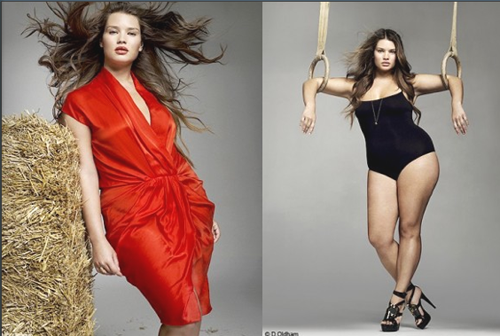 Size 0 Versus Aize 10
Size 0 Versus Aize 10
Large-size women argue this lack of psychological and emotional interest in shopping is the fault of retailers. Personally, I believe that the extensive psychological research on body image and self-love indicates that the problem is not primarily one of retail environments that don’t inspire or motivate customers to buy.
When retailers like Ann Taylor back off on selling larger sizes in stores because they can’t pay the rent, then larger women ourselves are propelling this trend to not buy the fashion offering on our plates.
If Ann Taylor can’t make money in larger sizes, the problem is a different one. Nitpicking an Ann Taylor assortment or complaining that the size 18 doesn’t fit right highlights the total complexity of our shopping situation.
To argue that if only the lighting were more flattering, aisles less crowded, dressing room’s bigger (have you SEEN the size of Ann Taylor dressing rooms?) is starting to sound like an avoidance mantra for investing in the woman in the mirror.
The avoider is the larger American woman.
Following closely the dialogue with women, especially after the recent NYT Style section article on French and American women and aging, we note that readers are never challenged to be part of the solution to a problem. Instead, the dialogue runs “women would spend money, if only business got its act together”.
At the risk of being unpopular, I believe that American women must confront the woman in the mirror — as I have done more than once — and end the blame game.
Yes, business is at fault in not servicing the needs of the larger-size woman, but bottom line — larger-size women don’t have at all the same interest in investing in themselves.
We argue this is a key reason for the obesity epidemic in America, and we would do ourselves a big benefit asking “why an I wrong, given what we know today?”
Mining the Psychological Territory of Larger Women
Call me one person who finds the NYTimes article and comments retreads of a decade-old argument that has only seen American women get bigger and more dissatisfied about our shopping options.
Before our industry divided women into two camps — missy and plus — the average size range ran 8-18. I argue that this was the best retail environment for women — we were not so ‘condemned’ when our weight fluctuated.
I’ve created more than one strategic retail store plan arguing that an innovative retailer should return to the 1950s model, lopping off the fringes on both ends — size 0 and size 24 and get on with the business of servicing America’s women.
It’s my personal conviction that if size 10 and size 16 women shopped together, supported by a brand concept that nurtured health, wellness, sex appeal and self-love that American women would lose weight together. (Note: the Ann Taylor experience undercuts my argument. We must better understand the realities of the Ann Taylor experience.)
Big deal that size 0 women don’t want to shop with size 14 women.
Stores do not make money on size 0 women or size 2 women. Whether even high-end fashion makes money on size 0 women is debatable. So I say, let’s create brands that stop segmenting women — knowing that there will be some escalation of cost even for size 10s.
The Cost Factor
This is a very real monster that we’ve created at a time when financial analysts are concerned about price deflation in the global economy, including America. In the costing of garment production, a 0-12 size range is lower than an 8-18 size range.
American women are the first to scream about higher prices, and larger-size women historically refuse to accept the argument that big clothes should cost more, even though indisputably they cost more to make. This is a common thread in the NYT comments.
We can’t even agree that a person who requires two airline seats to fly should pay a higher cost, than the single-seat traveler. We view this profit and loss analysis as a form of discrimination.
Bottom Line on Larger-Size Fashion
As always, Americans “want it all” with no sacrifice.This attitude is part of our national identity. We want “big” at no cost, in every aspect of our lives.
Given the investment American business has made in larger-size fashions, I believe that American women must become part of the solution in understanding what is required to service our needs and support profits for retailers, which are already in short supply.
Where is the innovative, realistic thinking that gets us on the road to national, large-size fashion recovery? Our national weight problem and unhappy large-size shoppers are almost symptomatic of a greater economic, psychological malaise that’s gripping the country.
The NYT article could have been written 10 years ago. Frankly, business has made a serious effort to meet the needs of the larger-size woman in the last decade, and she’s remains bitterly unhappy about her wardrobe choices and not spending enough money to inspire businesses to continue developing her needs.
America is long on critiques and short on solutions these days, and this article is no different.
Now what? Anne
Read on: Plus-Size Wars NYT (Note: is this like the Cupcake Wars? America does like our war stories.)




